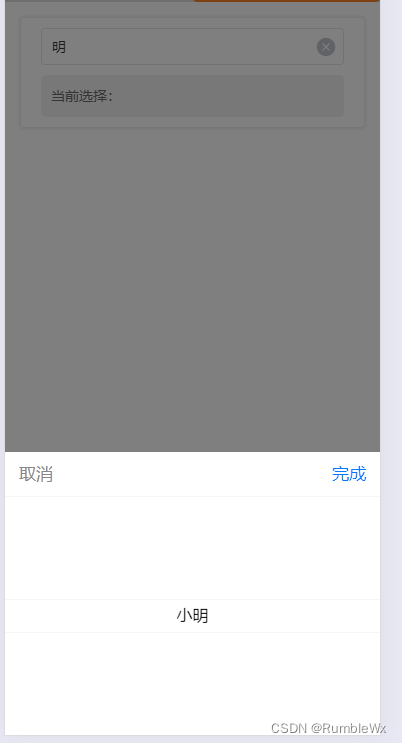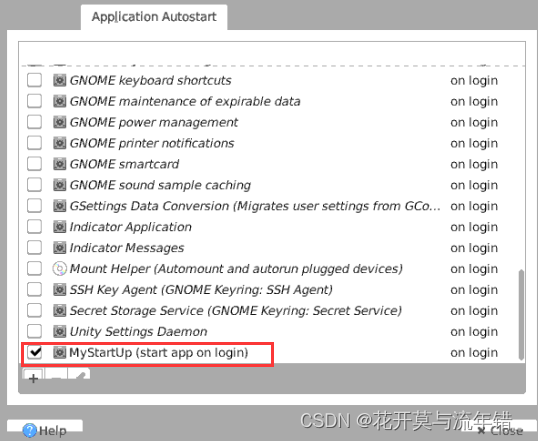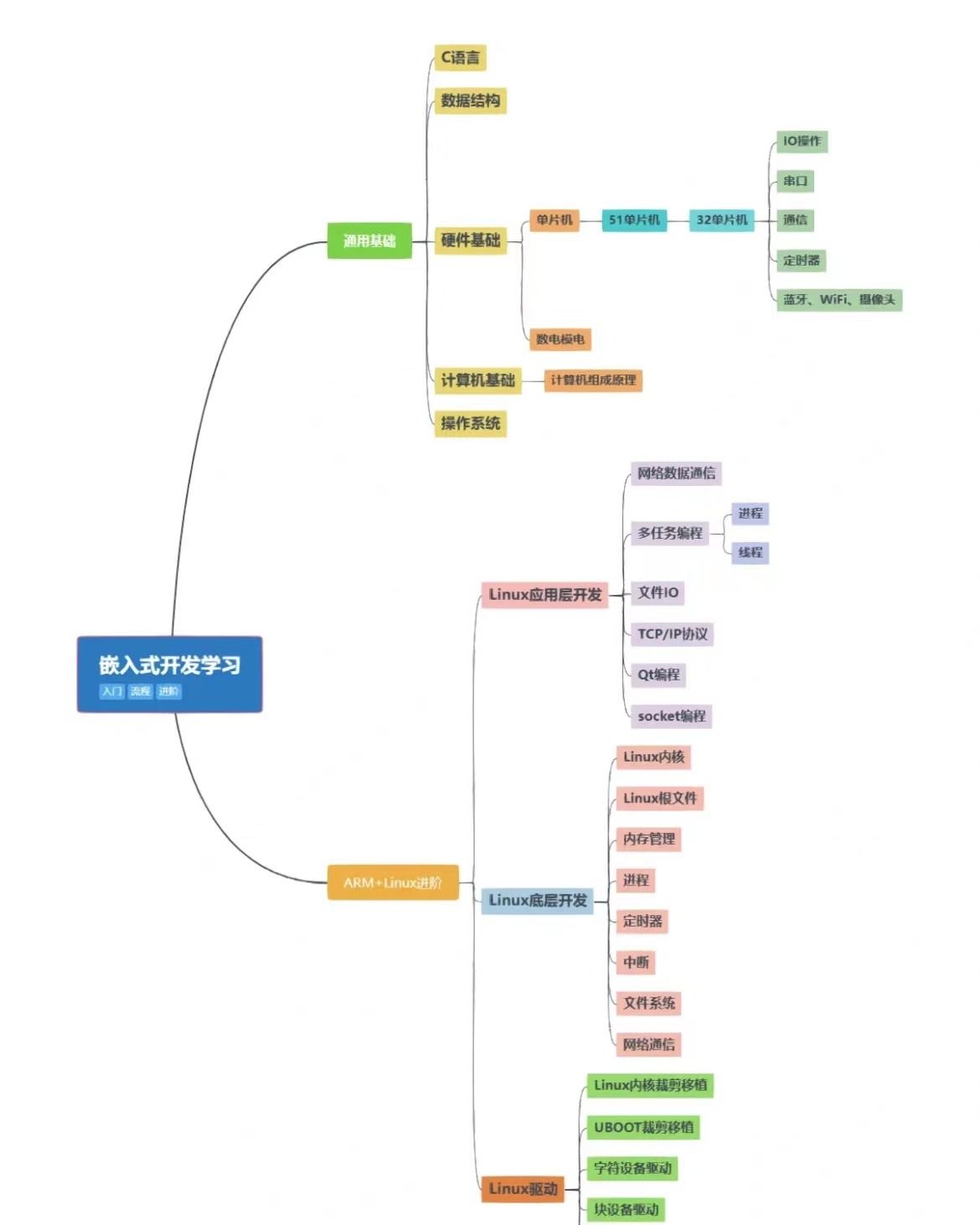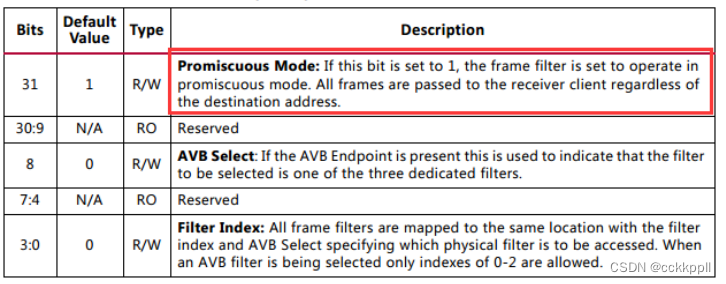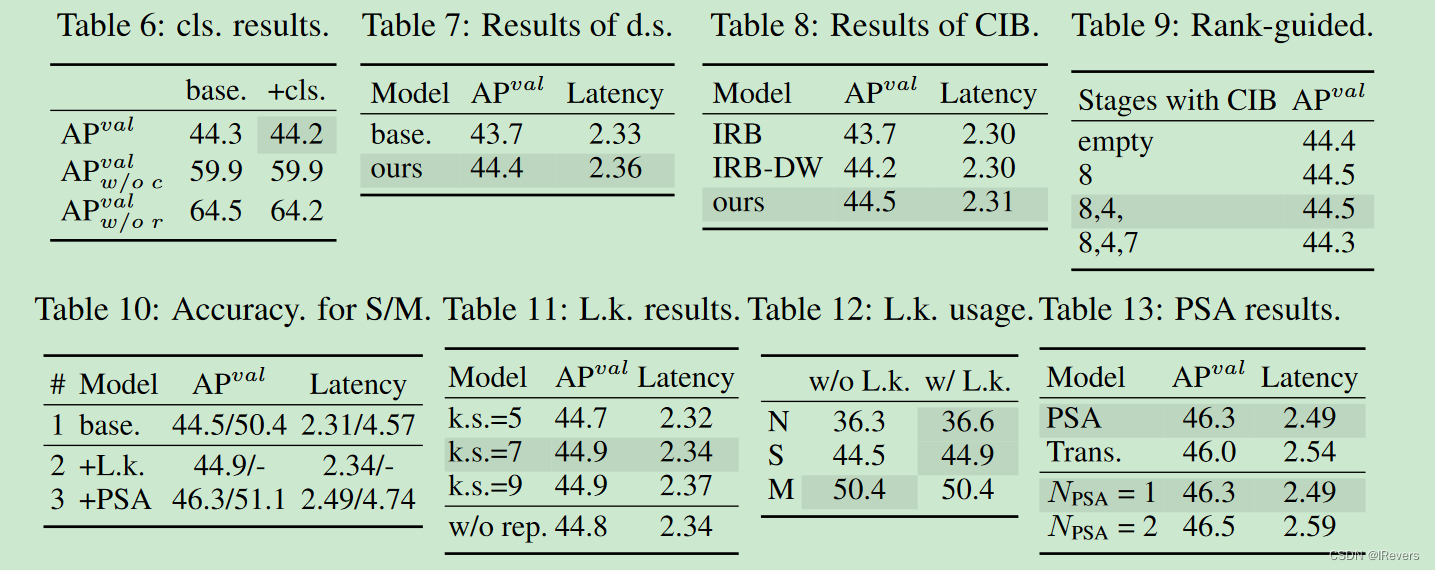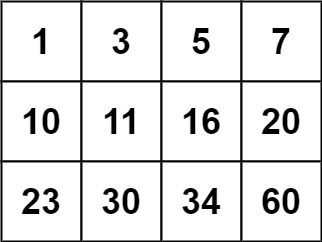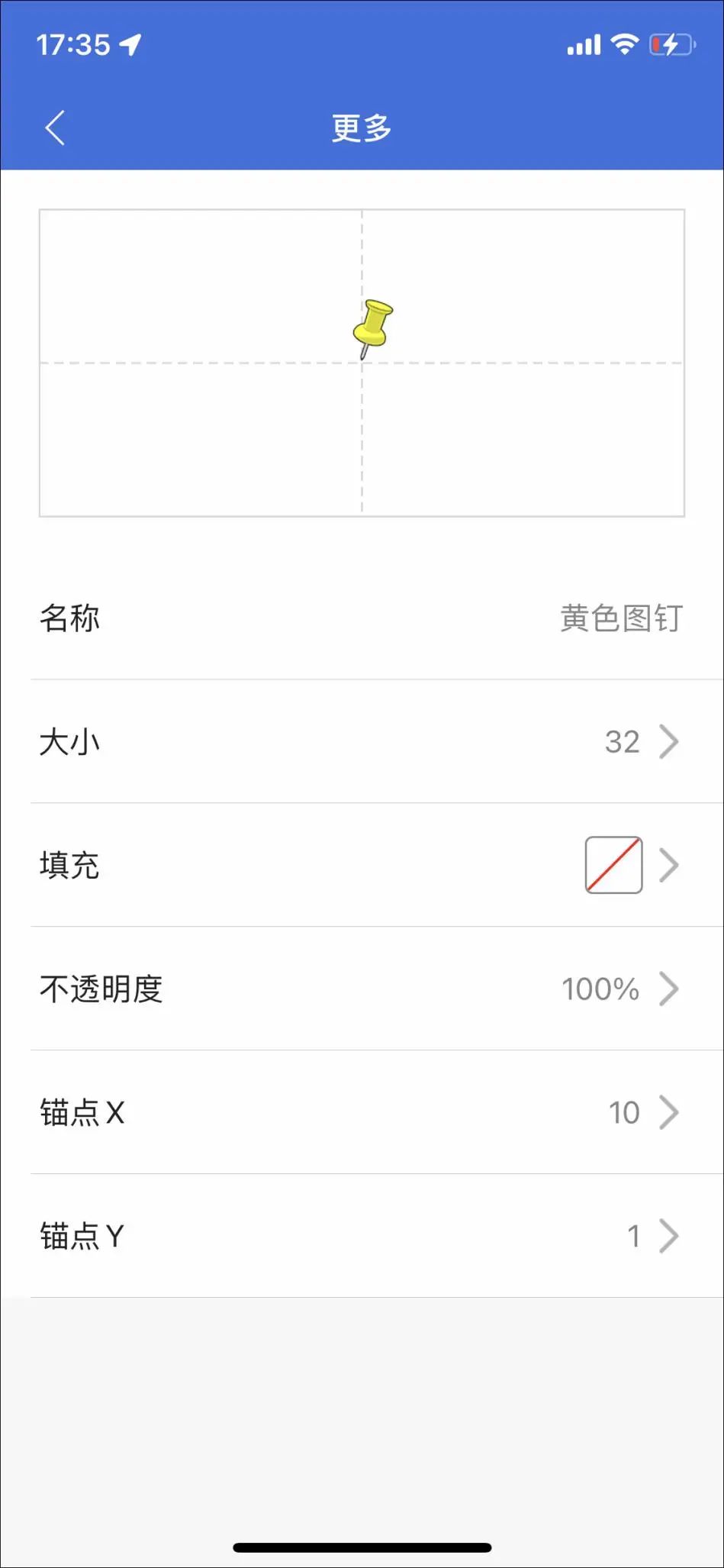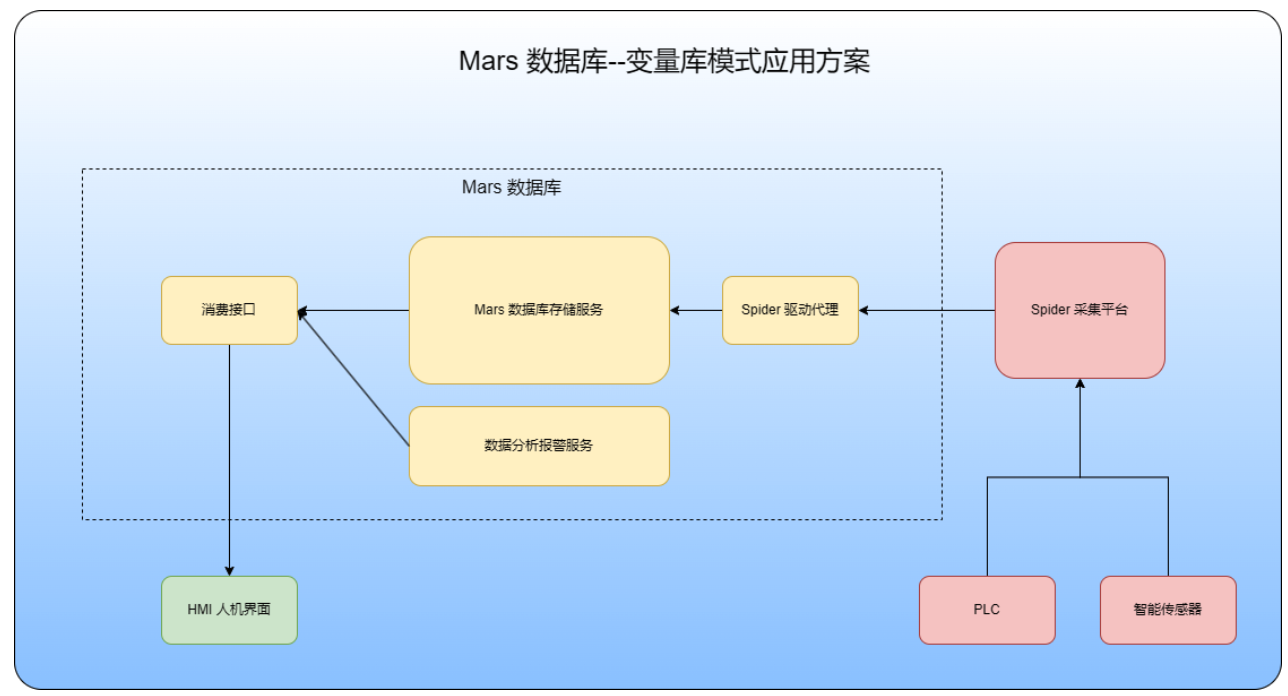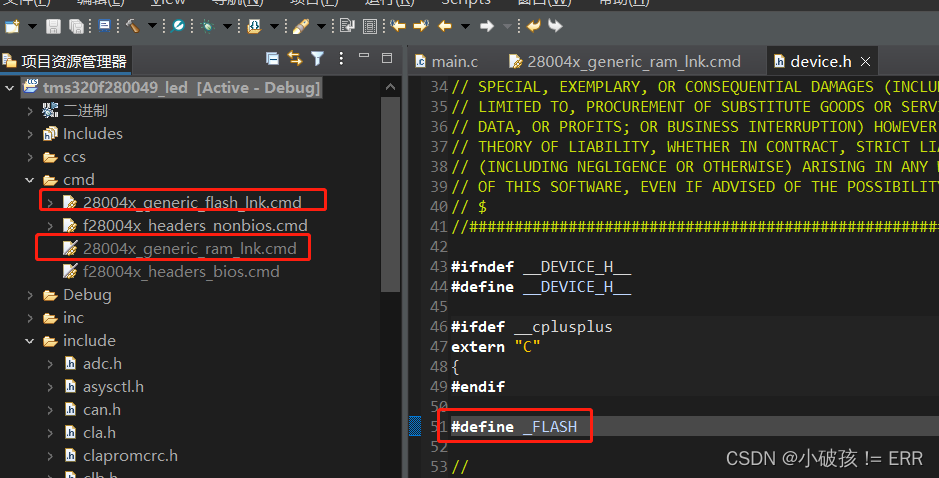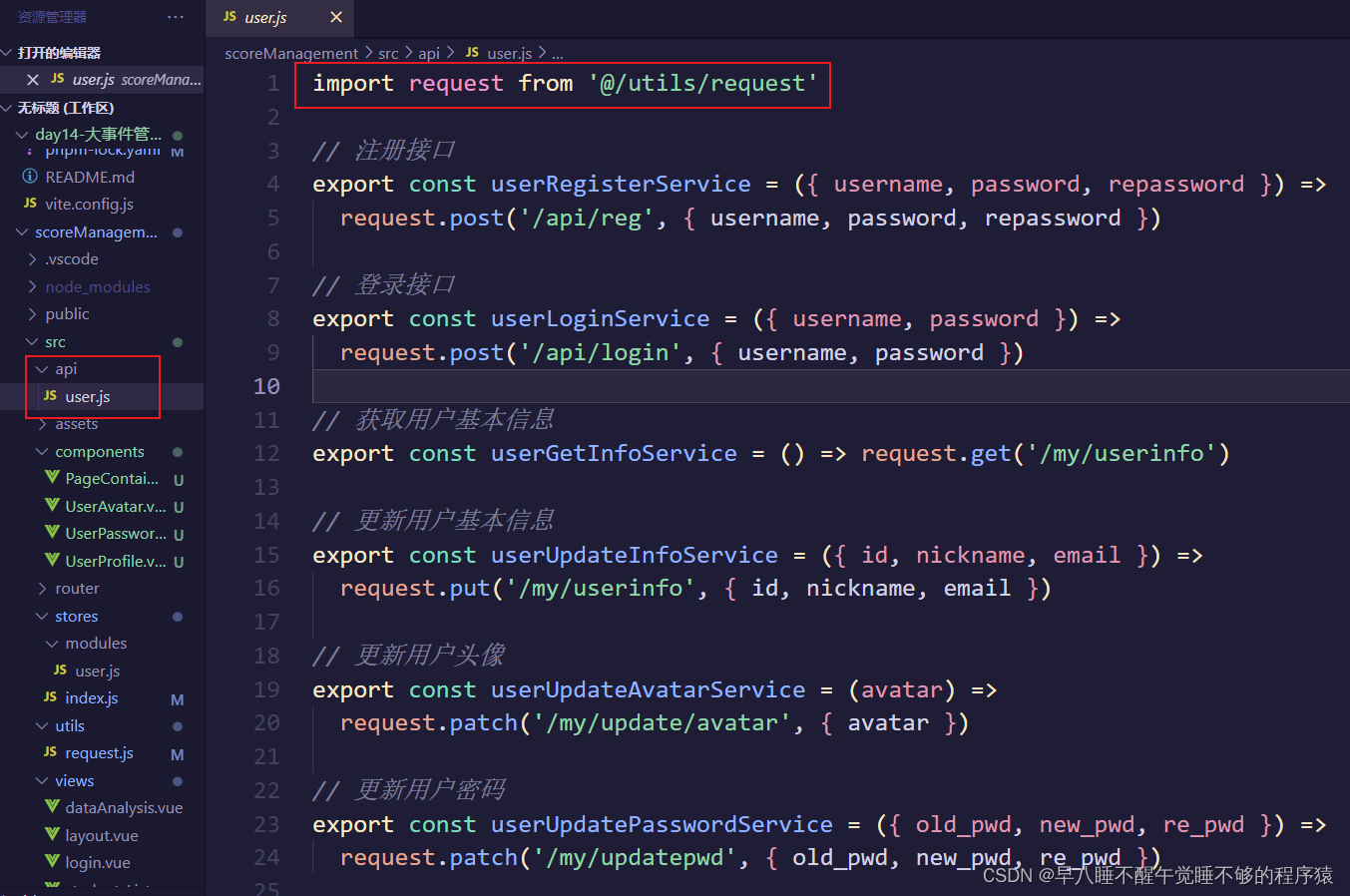目录
- 1. Map和Set
- 2. Map的使用
- 3. Set的使用
1. Map和Set
Java中,Map和Set是两个接口,TreeSet、HashSet这两个类实现了Set接口,TreeMap、HashMap这两个类实现了Map接口。
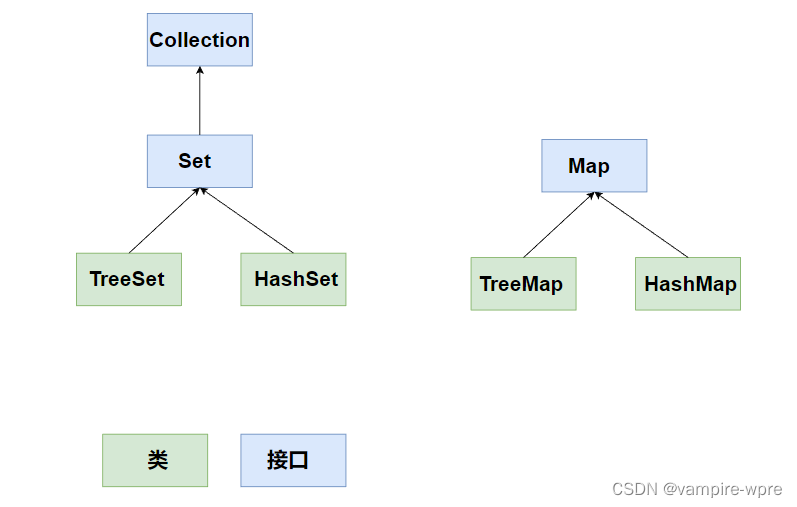
带Tree的这两个类(TreeSet、TreeMap)底层的数据结构是一棵红黑树(一棵特殊的二叉搜索树),带Map的这两个类(HashSet、HashMap)底层的数据结构是哈系桶
2. Map的使用
Map中常用的方法
| 方法 | 作用 |
|---|---|
| V get(Object Key) | 返回key的value |
| V getOrDefault(Object key,V defaultValue) | 返回key的value,key不存在则返回默认值 |
| V put(K key,V value) | 设置key对应的value/插入一个新的键值对 |
| V remove(Object key) | 删除key对应的映射关系 |
| Set< K > keySet() | 返回所有的key |
| Collection< V > values() | 返回所有的value |
| Set<Map.Entry<K,V>> entrySet() | 返回所有的key-value映射 |
| boolean containKey(Object key) | 判断是否包含key |
| boolean containValue(Object value) | 判断是否包含value |
Map.Entry<K,V>中的方法
| 方法 | 说明 |
|---|---|
| K getKey() | 返回key |
| V getValue() | 返回Entry的value |
| V setValue(V value) | 将原来的value替换为指定的value |
举个例子~~
public static void main(String[] args) {
Map<Integer, String> map = new TreeMap<>();//new HashMap也是一样的
map.put(1, "ZhangSan");
map.put(2, "LiSi");
map.put(3, "WangWu");
//获取所有的key,返回值是Set<K>
Set<Integer> set = map.keySet();
System.out.println("获取所有的key:" + set);
System.out.println("-------------");
//获取所有的values
Collection<String> collections = map.values();
System.out.println("获取所有的value" + collections);
System.out.println("-------------");
//获取所有的key和values
Set<Map.Entry<Integer, String>> entries = map.entrySet();
System.out.println("获取所有的key和value" + entries);
System.out.println("-------------");
//key不能重复,value可以重复
System.out.println("使用Map.Entry<Integer, String>中的setValue替换前");//
for (Map.Entry<Integer, String> entry : entries) {
System.out.println(entry.getKey() + " " + entry.getValue());
}
for (Map.Entry<Integer, String> entry : entries) {
entry.setValue("111111");
}
System.out.println("替换后");
for (Map.Entry<Integer, String> entry : entries) {
System.out.println(entry.getKey() + " " + entry.getValue());
}
}
输出结果:
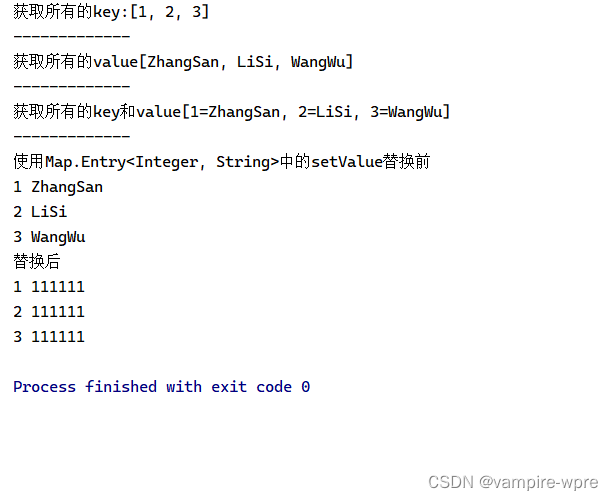
注意事项:
- 1、Map存储的是Key-Value结构的键值对,key是唯一的不能重复,value可以重复
- 2、插入新的键值对时,如果key重复了,会更新key对应的value的值
- 3、TreeMap插入的键值对,key不能为空,value可以为空;HashMap插入的键值对key和value都可以为空
- 4、Map中的key想要修改,只能先删除,再重新插入
3. Set的使用
与Map不同的是,Set只存储key,不存储value
常用的方法
| 方法 | 说明 |
|---|---|
| boolean add() | 添加元素,重复的元素不会添加成功 |
| void clear() | 清空整个集合 |
| boolean contains(Object o) | 判断o是否在集合中 |
| Iterator< E > iterator() | 迭代器 |
| boolean remove(Object o) | 删除集合中的o |
| int size() | 返回set中的元素个数 |
| boolean isEmpty() | 判断是否为空 |
| Object[] toArray() | 将set中的元素转换为数组 |
例
public static void main(String[] args) {
Set<Integer> set = new TreeSet<>();
set.add(1);
set.add(2);
set.add(3);
set.add(4);
set.add(5);
System.out.println(set);
System.out.println(set.size());
System.out.println(set.contains(6));
System.out.println(set.contains(5));
Object[] arr = set.toArray();
System.out.println("-------------");
for (Object o : arr) {
System.out.print(o + " ");
}
System.out.println();
System.out.println("---------------");
Iterator<Integer> iterator = set.iterator();
//迭代器,用于遍历set
while (iterator.hasNext()) {
System.out.print(iterator.next() + " ");
}
}
输出结果:
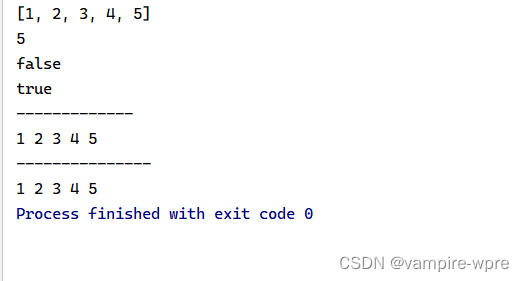
注意事项:
- 1、set只存储了key值,并且key是唯一的,不能重复
- 2、TreeSet的底层是使用Map来实现的,插入key时,value会默认插入一个Object对象
- 3、TreeSet不能插入null,HashSet可以插入null
